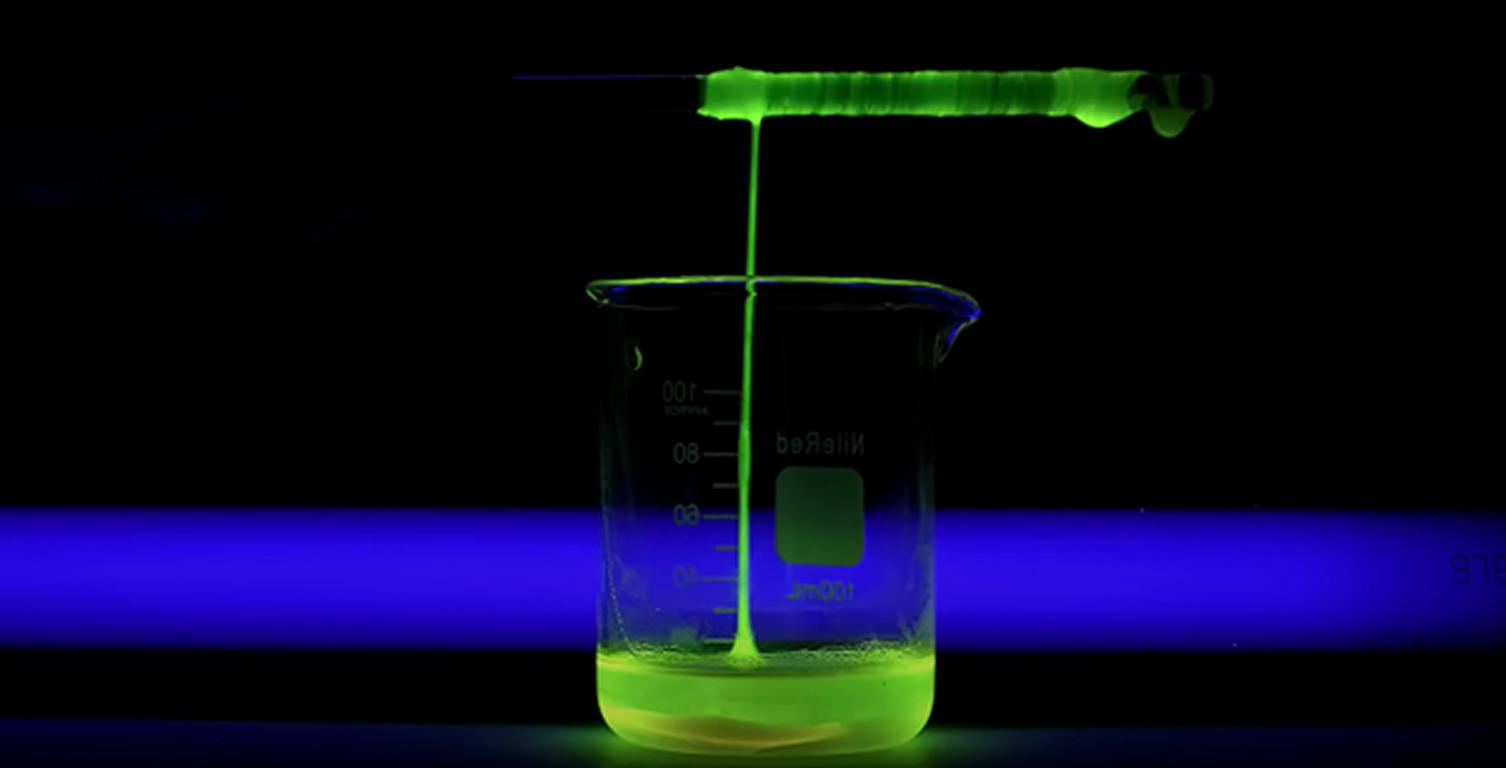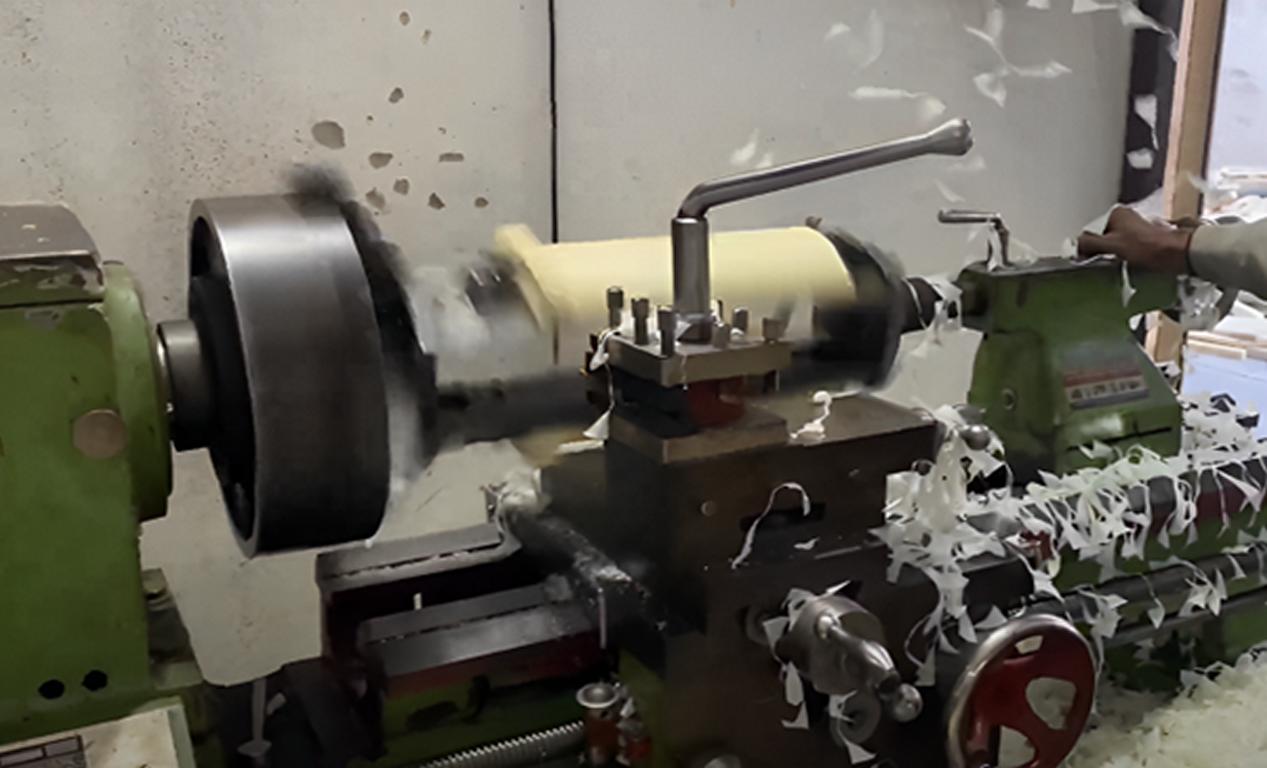Is Nylon Safe
A study suggests that the global nylon market will rise to $34.4 billion by 2025. Nylon is a synthetic material. It has roles in various industries. It is specifically used in plastic molding industries. We use nylon in almost everything from the automotive industry to industrial equipment. The demand for nylon is rising day by day. So let’s talk about the properties and manufacturing process of nylon. We will also shed light on the most commonly asked question. Is nylon safe?
What is Nylon?
Nylon is a thermoplastic. It was discovered in the 1930s. It contains repeating units connected by amide bonds. It was made entirely from petrochemicals. So, we can melt it and convert it into fibers, films, and shapes. We can also mix nylon polymers with different additives. In this way, we can form different types of nylons. Each type of nylon has different properties based on its composition. Nylon polyamide 6, Nylon 12 (PA12), and Nylon 66 (PA 66) are the most common types of nylons used in the plastic industry. Moreover, they are also used in medical equipment and industrial machinery.

Main Types Of Nylon Polymers
Here are the three main types of nylon polymers used in the plastic industry:
1. Nylon 6 (PA6)
Nylon 6 is also known as polycaprolactam. It is the most popular type of nylon. It is produced through ring-opening polymerization of caprolactam. Nylon 6 has a high melting point and excellent mechanical properties. It is often used in automotive parts and electrical components. Go to nylon injection molding page to know more.
2. Nylon 6,6 (PA66)
Nylon 6,6 is also known as polyhexamethylene adipamide. It is produced through the condensation polymerization of adipic acid and hexamethylenediamine. Nylon 6,6 has high stiffness. Moreover, it is resistant to abrasion and chemicals. It is mostly used in gears, bearings, and conveyor belts.
3. Nylon 12 (PA12)
Nylon 12 is also known as polydodecanamide. It has a lower melting point. Additionally, it has higher flexibility than nylon 6 and nylon 6,6. It is produced through the ring-opening polymerization of laurolactam. Nylon 12 has minimal distortion. It is resistant to chemicals. So, it is often used in fuel tanks and fuel lines. We can also use it in grommets and connectors.

We mostly use these three types of nylons in the plastic industry. They can be processed using various methods including injection molding and extrusion.
Manufacturing of Nylon Plastic
You are now familiar with different nylon forms. So, let’s talk about its manufacturing process. Nylon production starts through a multi-step process. It starts with the production of monomers adipic acid and hexamethylenediamine. These are then combined in a reaction vessel. They are then heated to a high temperature of 280°C. As a result, nylon salt is produced. We then convert this salt into a polymer through polycondensation.
After that, a long-chain polymer is formed and cut into small pellets. The pellets are then washed and dried. They are cooled and cut into chips. Different catalysts and conditions are used throughout the process to produce different types of nylon. Nylon is a tough and durable material. However, its production can release certain chemicals that may harm the environment.
Role of Nylon in the Plastic mold industry
Nylon plays a significant role in plastic mold industries. It is used to create molds for plastic injection molding. We can also use nylon for prototyping. So, it allows engineers to test and refine their designs. Nylon has a low friction coefficient. This makes it suitable for components like slides and ejector pins. Moreover, nylon is resistant to chemicals. Thus, it is suitable for use in molds that are exposed to harsh environments. Nylon is a tough material. As a result, it is ideal for creating wear-resistant parts such as gears.
Properties of Nylon Plastic
Here are the mechanical, chemical, and thermal properties of Nylon plastic.
1. Mechanical Properties
- Tensile Strength: This material is super tough and intended for gear applications and fasteners that require mechanical strength.
- Elasticity: Good elasticity enables it to regain its original size or shape after swelling or shrinking.
- Impact Resistance: This makes it ideal in applications that have shocks as it offers excellent impact resistance.
2. Thermal Properties
- Heat Resistance: Retains admixture properties at higher temperatures, beneficial to automotive as well as electric apparatuses.
- Melting Point: Capability to withstand high temperature: The products achieve a high melting point, or range between 220 – 270 C.
3. Chemical Resistance
- Resistance to Oils and Solvents: This material is quite resistant to many chemicals good for automotive and industrial applications.
- Hydrolysis Resistance: Readily hydrolyzed particularly in humid environments or at high temperatures.
4. Electrical Properties
- Insulation Qualities: Good electrical insulator that finds uses in electrical equipment.
- Dielectric Strength: Compliant with electrical stress to provide security in electrical usage.
Is Nylon Safe? Safety Aspects
Now let’s return to the question asked in the beginning: is nylon safe? It is generally considered safe. Here are the safety aspects of nylon polymer
1. Nylon for Mold Production
Nylon plays a vital role in plastic mold production. It doesn’t release toxic fumes or chemical reactions during processing. It is suggested that nylon must be used with non-toxic mold coatings. It minimizes the risk of contamination
2. Safe for Food Contact
Nylon plastic is approved for food contact applications. We use it in kitchen appliances, utensils, and packaging. Furthermore, nylon ensures that it does not leach harmful chemicals into food or water. So nylon is safe for food contact
3. Non-toxic
We can say that nylon is a synthetic polymer that is generally regarded as safe to use on consumer products as it is non-toxic. It does not emit toxic fumes under ordinary use and is non-toxic to humans and the environment. It is so used for products such as textiles ( nylon dresses, ropes, etc), consumable products (Toothbrushes, hair combs, etc), and industrial products (gears, bushings, etc). So, nylon is generally inert. It does not release harmful chemicals. So, it does not have any adverse effects environment. Thus, humans can easily handle nylon plastic.
You can go to is tpe safe? Is silicone safe? is ABS plastic safe? and Is TPU safe to know more about other materials.

4. Durable and Stable
Nylon is characterized by its impact strength, dimensional stability, high tensile strength, abrasion, and chemical resistance. Such properties mean that it will not degrade, or become dangerous or incapacitated beyond its intended purpose after being used for a long time. It can also become dangerous if exposed to adverse conditions. Moreover, it also resonates a high degree of stability to the structure. So, it does not degrade into other dangerous chemical components, which is important for long-term use.
5. FDA Approval
The U. S. Food and Drug Administration (FDA) has listed some nylon and its family as the food grade item. This approval is arrived from the fact that the product has to undergo substantial testing. So, we can check that the nylon does not contaminate food or beverages with some poisonous chemicals. Therefore, nylon finds its way into such products as; food packing materials, kitchenware, and equipment for food processing.
6. Medical Uses
In the medical industry, it is used in applications such as suture material, catheters, and implantable products among others. The nylon applied herein has bio competence. So, it can be used within the human body to improve upon the current situation. Moreover, it has an inability of bacteria to grow on it, and can easily be sterilized the material. So, it is safe for use in treating patients.
Potential risks associated with Nylon Polymer
We have discussed the safety aspects of nylon polymer in the previous section. So now let’s explain about the potential risks associated with it.
1. Nylon Polymer Impact on Human Health:
Different chemicals used in nylon production are adipic acid, hexamethylene, diammine, and caprolactam. These materials can cause skin and eye irritation. They can also cause digestive issues. Additionally, people handling it are prone to cancer and neurological disorders.
Nylon polymer is flammable. So, It can melt on exposure to extreme temperatures and cause skin issues. It can also trigger rashes and redness of the skin. So, it is suggested to keep it away from flames.
Moreover, precautionary measures are advised to minimize the damage. Workers handling these chemicals should wear personal protective equipment. In this way, we can ensure the safety of nylon.
2. Nylon Impact on the Environment
The development of the nylon industry is accompanied by high energy consumption and pollution issues. Nylon originates from non-renewable petroleum resources. It is produced in an energy-intensive manner. It requires large amounts of water to cool the fibers. It has a significant carbon footprint, and the washing process releases microplastic fibers that often end up in landfills. These are typically non-biodegradable at the end of their lifecycle. This means nylon products can persist in the environment for many years, especially in oceans and landfills. It significantly contributes to the plastic pollution problem.
We have discussed nylon’s Impact on the terrestrial environment. Now let’s talk about its role in the aquatic environment. substantial amounts of nylon are produced in countries with poor environmental laws. Its production requires a large quantity of water. So, water insecurity may rise in water-scarce areas. Nylon is a plastic-based substance. So, it does not degrade in the environment. Ocean microplastic contamination is drastically rising. This is because of the breakdown of nylon products such as fishing nets, ropes, and packaging materials. Hence, it can harm aquatic life and contaminate the food chain.

Advantages and Limitations of Nylon
The following are the benefits and limitations of Nylon in detail.
Advantages of Nylon
- Wear Resistance: It is low friction and abrasion resistant. Therefore used in components that move past one another.
- Lightweight: It has Low density, which means that it is ideal for weight-conscious devices and equipment.
- Versatility in Manufacturing: Low compounding and processing temperature and can be easily extruded, machined, and also recyclable.
Limitations of Nylon
- Moisture Absorption: It Absorbs moisture that causes changes in dimensions and deterioration in the physical and mechanical properties.
- Hydrolysis Sensitivity: Hydrolytically unstable at high temperatures and where the relative humidity is high.
- Thermal Limitations: Melting range of 220-270°C with possible thermal decay of product.
- Chemical Sensitivity: It shows no notable stability in strong acids and bases.
Key Considerations for Nylon Safety
Here are two main considerations, we should keep in mind regarding nylon; such as
1. Temperature Sensitivity
Generally, nylon is a very stable material. However, when subjected to high temperatures it will decompose. However, for high-temperature exposure, nylon may begin to degrade and give off poisonous products like ammonia products, hydrogen cyanide, and carbon monoxide. Thus, nylon should only be used to temperatures as recommended for each type of nylon, which should not go over about 180°C (356°F). So, we can reduce the risk of fire and burn.
2. Hydrolysis
Yes, nylons are sensitive to hydrolysis, which is a reaction to water that makes the polymer chains degrade. This is more likely to happen especially if the surrounding air is damped with high humidity and or high temperatures. Hydrolysis can be parasitic to the mechanical characteristics of nylon. So, it can cause emissions of degradation products. In the cases where nylon is used under conditions of contact with moisture and heat. It could be affected by hydrolysis. So, it is necessary to choose the grades of nylon that are less sensitive to this process.
Conclusion:
To sum up, nylon is a tough and durable material. We have discussed the various safety and environmental impacts of nylon. Nylon is safe to produce molded parts. It is also safe for food contact. But there are certain risks associated with it. Health safety risks include skin and eye irritation, digestive issues, and potential cancer and neurological disorders. Environmental safety concerns include high energy consumption and pollution. Overall, nylon is considered safe for use in everyday life. But, care should be taken when using it under specific conditions, such as high temperatures. Additionally, it is advisable to choose sustainable and environmentally friendly product options.
Frequently Asked Questions
Q1. What are the main areas of application of nylon plastic?
Nylon plastic is used in many industries such as the automotive industry in parts manufacture, and the electric industry for devices manufacturing. Besides this, it is used in the manufacture of fabrics fashion accessories, manufacture of industrial machine parts, among others.
Q2. Is nylon plastic safe for food applications and medical products?
Yes, there are nylon grades that are FDA-compliant for food applications and are used in food packaging, food handling tools, and food processing equipment. Nylon also finds its use in the medical field, since it is biocompatible and highly stable.
Q3. Is it possible to recycle nylon?
Yes, nylon is among the fully recyclable materials and can be reused by being processed again for the production of new products.


Leave a Reply
Want to join the discussion?Feel free to contribute!